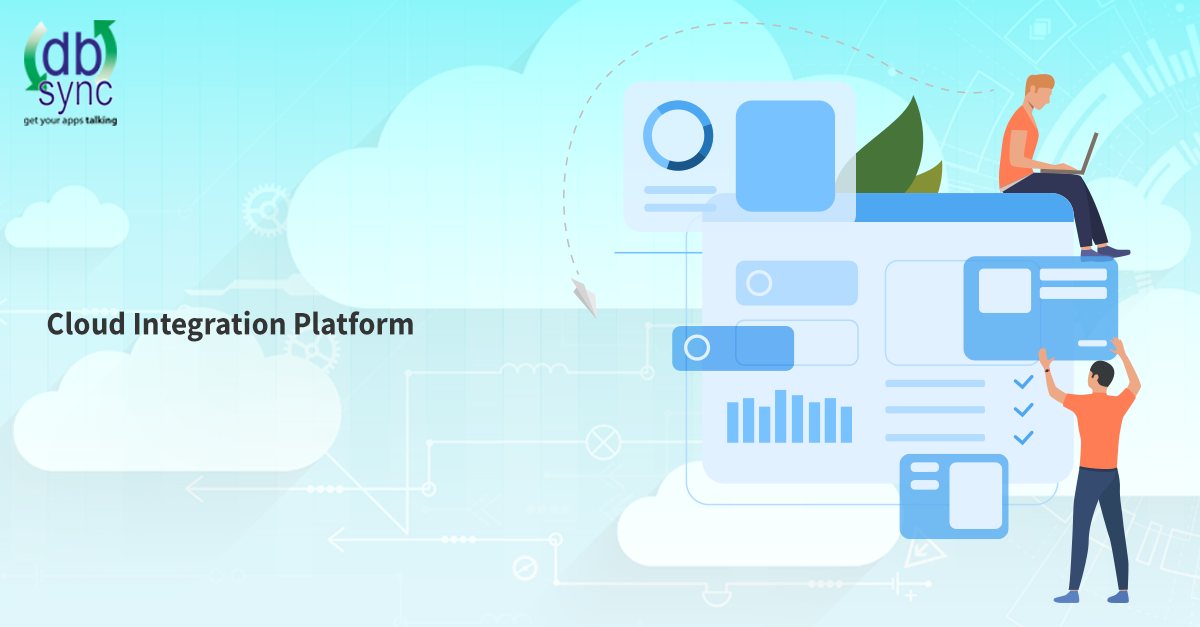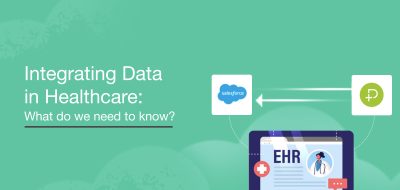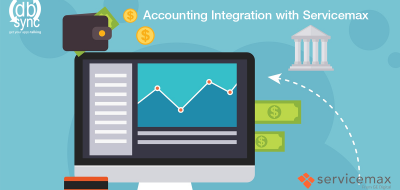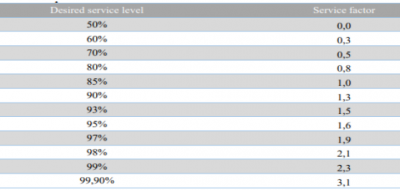As Organizations move past their underlying Software as a Service (SaaS) systems, they perceive the expanding need to incorporate information and procedures between the open cloud and their on-premises databases and applications. The pain point was the development cost of creating the entire design of the middleware to connect one to another and of course, security. Identifying the gap, many vendors have moved to address the issue.
Most Organizations, when they buy a SaaS solution, start looking into the possibility of connecting the system to their existing IT environment. It could be a CRM to an Accounting system or an ERP system to a database. The complexity of the integration varies with the type of business domain and the number of systems they use.
It started with connectors rendering the open APIs of systems. Contrasted with the single “connectors” that sellers create to empower integration, cloud integration platforms are increasingly programmable and progressively adaptable to deal with not just one system but with a more extensive arrangement of off the rack applications. Here a large grouping of custom applications is created inside one environment. Thus, you utilize a platform that can be connected to meet the requirements of multiple systems.
The cloud integration platforms gain importance when the SaaS solutions or applications become popular and when cross-functional processes need to exchange data among several disparate on-premises and SaaS offerings. Moreover, many applications are offloaded to Infrastructure as a Service (IaaS) or Platform as a Service (PaaS) clouds. The integration has to be contained in the circle of an enterprise’s overall business strategy, processes, and operations. Progressively, they should fit into a prior domain and potentially interoperate with extra SaaS or On-premise applications that may be added to that condition.
Who are there in the market?
There are two types of vendors in the segment:
- Vendors who are very specific to data integration or middleware market For eg: DBSync a middleware technology used for data and application integration
- Vendors who started as a cloud application
Regardless of the type of vendors, nowadays most of technology can run on-premises, cloud or both. It’s winding up progressively prevalent to build up the integration in the cloud, at that point run it on-premises or in the cloud, at that point report back to an administrator console for execution monitoring, which can be either on-premises or in the cloud.
Run your Cloud Integration Platform:
One of the key benefits in running Cloud Integration Platform is less hassle of running an application from clients server utilizing the on-premise resources, including installing the platform and managing the integration process. If the use case is the connection between two cloud application, Cloud Integration platform is the best option. In a hybrid environment, the cloud platform services will call the service APIs running on the ground. E.g., web connector in QuickBooks. The value proposition is more than ever that; they need to be able to fit into a pre-existing environment and possibly interoperate with new SaaS apps that might be added to that environment.
Conclusion:
It’s imperative for IT groups to seriously investigate the alternatives a particular seller offers, which is primarily on platform capabilities. The second is a way of deployment which should address the compatibility questions. The last but essential is packages and pricing associated.
You can learn more about various apps offered by DBSync here







